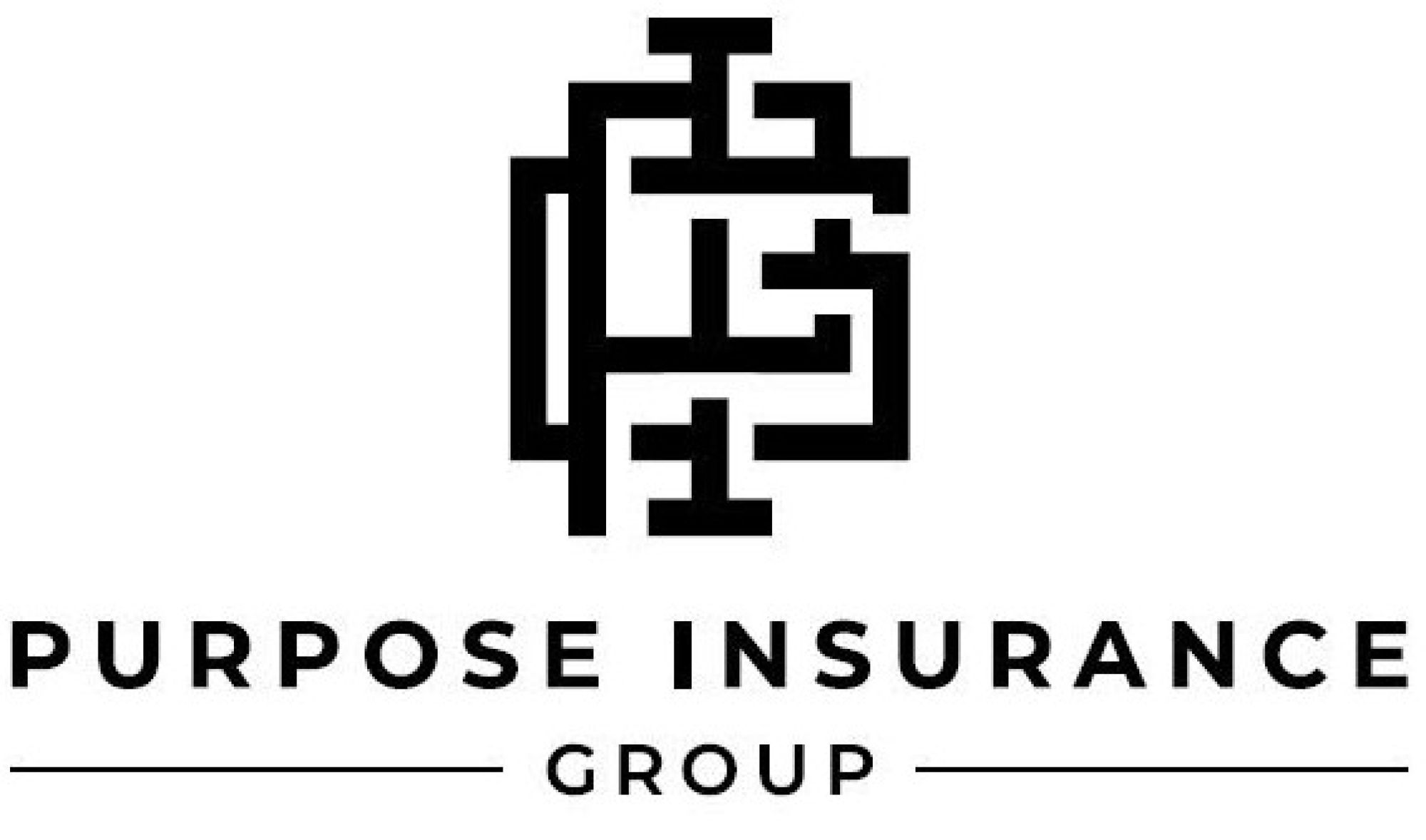Pacific Prime for Dummies

This drop of almost 2 million in the variety of people 'without insurance (a decrease of about 4 percent) is certainly a positive adjustment. With a softer economic climate in 2000 the most current reported gains in insurance protection may not proceed (Fronstin, 2001) (expat insurance). The decline in the variety of uninsured will not proceed if the economic situation continues to be sluggish and wellness treatment expenses remain to exceed rising cost of living
This is because the data were gathered for a period of strong financial performance. Of the approximated 42 million individuals who were uninsured, just about concerning 420,000 (about 1 percent) were under 65 years old, the age at which most Americans become qualified for Medicare; 32 million were grownups between ages 18 and 65, around 19 percent of all grownups in this age group; and 10 million were kids under 18 years old, about 13.9 percent of all kids (Mills, 2000).
These quotes of the number of persons without insurance are generated from the yearly March Supplement to the Current Populace Survey (CPS), performed by the Census Bureau. Unless or else kept in mind, national quotes of individuals without health insurance policy and proportions of the population with various sort of insurance coverage are based on the CPS, the most commonly utilized resource of quotes of insurance policy protection and uninsurance prices.
The Basic Principles Of Pacific Prime

Still, the CPS is specifically useful because it produces yearly price quotes reasonably quickly, reporting the previous year's insurance policy protection approximates each September, and since it is the basis for a regular set of estimates for greater than two decades, allowing for evaluation of patterns in protection with time. For these reasons, along with the considerable use of the CPS in other research studies of insurance coverage that exist in this record, we depend on CPS quotes, with restrictions kept in mind.

The estimate of the number of without insurance people broadens when a population's insurance coverage status is tracked for a number of years. Over a three-year period starting early in 1993, 72 million individuals, 29 percent of the U.S. https://www.quora.com/profile/Freddy-Smith-136. populace, lacked protection for a minimum of one month. Within a solitary year (1994 ), 53 million individuals experienced at the very least a month without coverage (Bennefield, 1998a)
6 out of every 10 uninsured grownups are themselves utilized. Working does improve the chance that one and one's family members will have insurance coverage, it is not a guarantee. Also participants of households with two permanent breadwinner have virtually a one-in-ten chance of being uninsured (9.1 percent without insurance rate) (Hoffman and Pohl, 2000).
Facts About Pacific Prime Uncovered
New immigrants represent a considerable percentage of people without wellness insurance. why not try here One analysis has actually connected a significant part of the current development in the size of the U.S. without insurance populace to immigrants that arrived in the country in between 1994 and 1998 (Camarota and Edwards, 2000). Current immigrants (those who pertained to the USA within the previous 4 years) do have a high price of being without insurance (46 percent), yet they and their youngsters make up just 6 percent of those without insurance nationally (Holahan et al., 2001).
The connection in between health insurance and access to care is well established, as documented later in this phase. The partnership in between health and wellness insurance coverage and wellness end results is neither straight neither basic, a substantial clinical and health solutions research study literature links health insurance policy coverage to better accessibility to care, far better quality, and boosted individual and population health standing.
Degrees of analysis for examining the effects of uninsurance. This conversation of medical insurance protection focuses primarily on the U.S. populace under age 65 since practically all Americans 65 and older have Medicare or various other public protection. It concentrates specifically on those without any type of wellness insurance coverage for any length of time.
Pacific Prime Things To Know Before You Get This
The issues dealt with by the underinsured remain in some aspects comparable to those dealt with by the without insurance, although they are usually much less extreme. expat insurance. Uninsurance and underinsurance, nonetheless, include noticeably various policy issues, and the techniques for addressing them may vary. Throughout this research and the 5 records to adhere to, the primary focus is on persons with no medical insurance and therefore no support in spending for wellness treatment beyond what is available via charity and security net establishments
Medical insurance is an effective aspect impacting receipt of treatment because both patients and medical professionals react to the out-of-pocket cost of services - https://pacificpr1me.start.page. Medical insurance, nonetheless, is neither needed nor sufficient to gain access to medical services. The independent and straight result of health and wellness insurance protection on accessibility to health services is well established.
Others will get the healthcare they require even without health and wellness insurance coverage, by paying for it out of pocket or seeking it from companies that provide treatment totally free or at highly subsidized prices. For still others, medical insurance alone does not make certain receipt of care because of various other nonfinancial barriers, such as a lack of health treatment companies in their neighborhood, limited accessibility to transportation, illiteracy, or etymological and social differences.
Get This Report on Pacific Prime
Official study regarding without insurance populations in the United States dates to the late 1920s and early 1930s when the Committee on the Cost of Medical Care created a collection of records concerning funding doctor workplace brows through and hospitalizations. This issue became salient as the varieties of clinically indigent climbed up throughout the Great Clinical depression.
Comments on “What Does Pacific Prime Mean?”